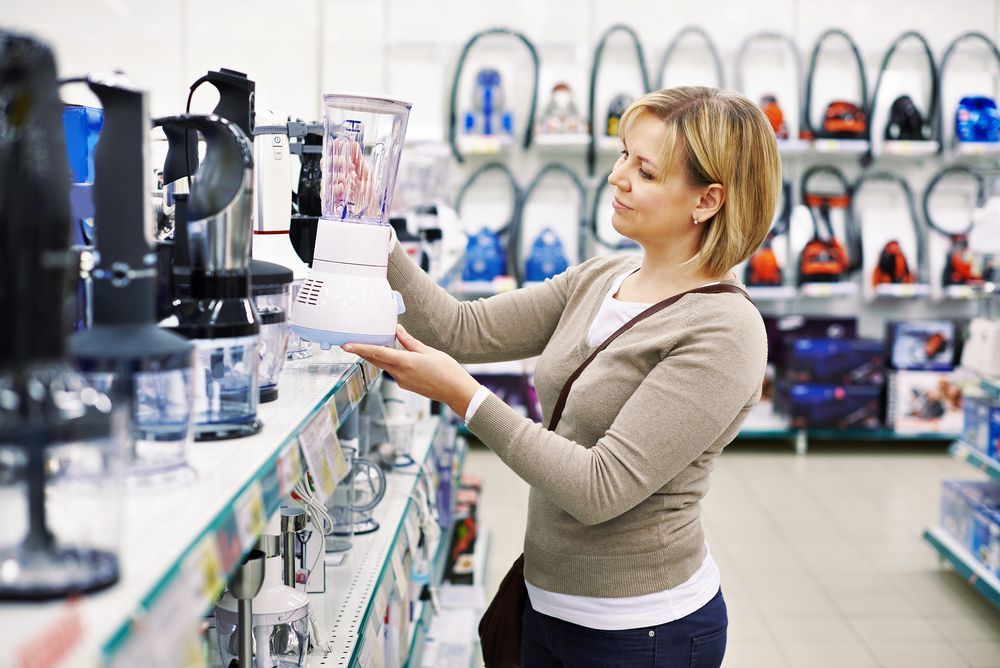
Getting Started
Many homeowners are more likely to have blenders on their countertops these days. Features such as the look of the blender, construction and power are all things that are affecting blender sales. While many colors and finishes such as stainless steel are available, you do not want to stop there when it comes time to pick out your blender. You will want to consider a machine's features and other factors such as price and size.
These days, you do not only have your run-of-the-mill blenders to choose from. There are hand-held blenders, which are good for powdered drinks or pureeing vegetables. There are also all-in-one machines that can perform additional tasks such as that of a food processor. Note that if you buy one of these machines, you may either have issues with performance or have to pay more to purchase one.
When buying a blender, consider what you plan on doing with the machine. For example, do you want to process food items in addition to blending items for smoothies? You will also want to think about price. Spending more money on a blender will typically give you more power, controls on a touchpad and a machine with an advanced design aesthetic that is often meant to match one's kitchen decor.
Types of Blenders
Most blenders are competent when it comes to its various jobs. Even if you go with a less expensive model, you are sure to get a pretty good model for the price. Since different types of blenders have varying strengths, choose that will best suit your needs.
Countertop Blenders
Made for chopping, pureeing, mixing and crushing ice
Containers are made of stainless steel, plastic or glass
Container capacity: 4 to 8 cups
Glass: Heavier, more stable, easier to clean
Plastic: Hard to clean, smells may cling to the container
Stainless steel: Can't see inside the container
Norm: 3 to 16 speeds
Immersion Blenders
Immersion blenders are long, thin appliances. You hold them in your hand as you put them in the drink or food item that you are preparing. The shaft has blades at the end, which makes it good for chopping and mixing food as it is being prepared in a pot. They are also good for making powdered drinks, smoothies and milkshakes. A downside is that you have to hold down a switch as you are working this type of blender.
Features
Here are some of the topics that you should consider when buying a blender:
Wattage: Blenders with 300 to 1,000 watts tend to be the norm. Generally, the more watts a blender has, the better it works.
Controls: While touchpads are easy to clean, you have to press a button twice: one time for on, one time for off. Push buttons let you easily change speeds, but they are much more difficult to clean. With a dial control, you have to go through each setting before you get to your desired one. A switch only limits you to one or two settings.
Large markings: You will want to seek out blenders with big markings and numbers that are easy to read.
Brands
These brands all have excellent blenders in varying price ranges. Do not think that just because a blender is expensive that it is the best. To get the best blender for your needs, go online and read a lot of user reviews.
Blender Price Ranges:
Below $100
Black and Decker
Cuisinart (up to $150)
Hamilton Beach
Kitchen Aid (from $60 to $270)
Oster
Waring (up to $400)
Between $100 and $300
Cuisinart
Kitchen Aid
Waring
More than $400
Blendtec
Vitamix
Waring
Read next


Tablets Shopping Guide

